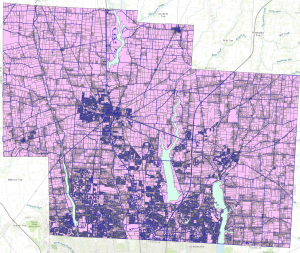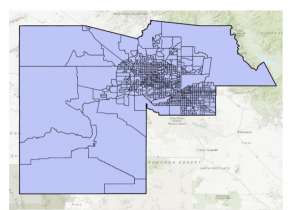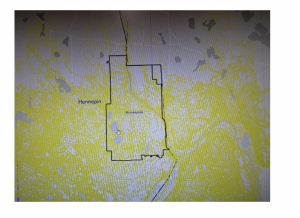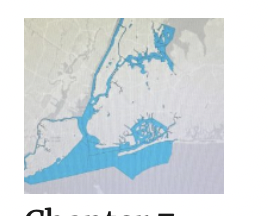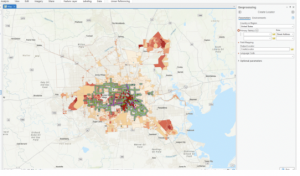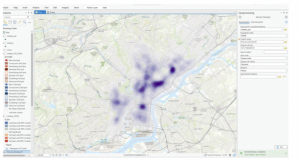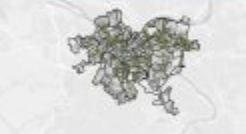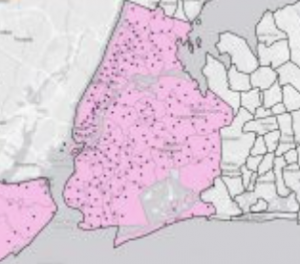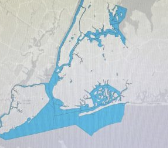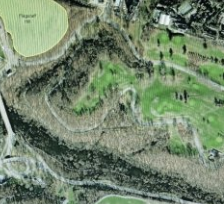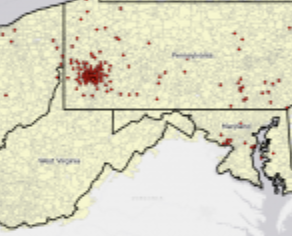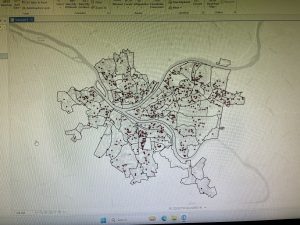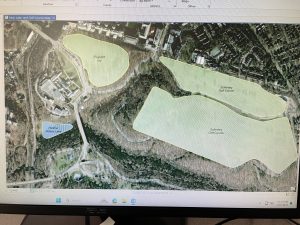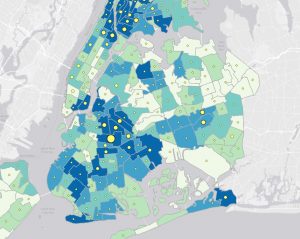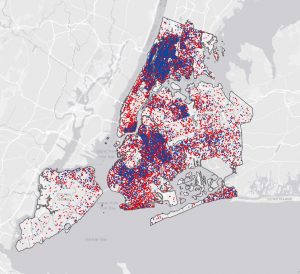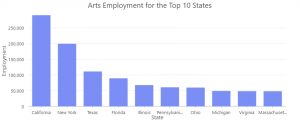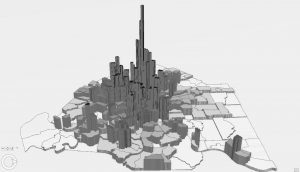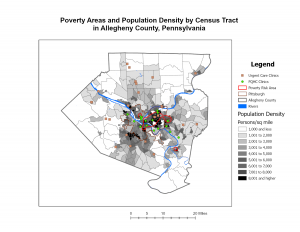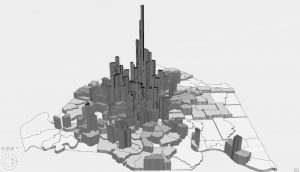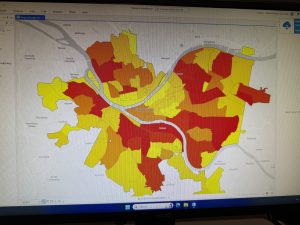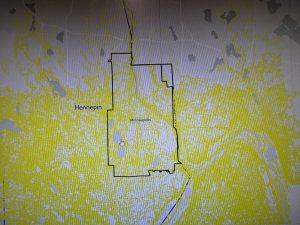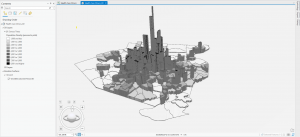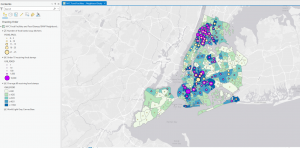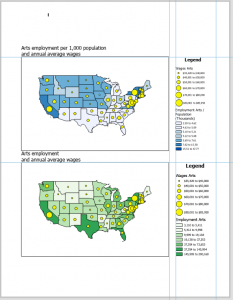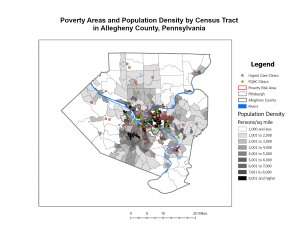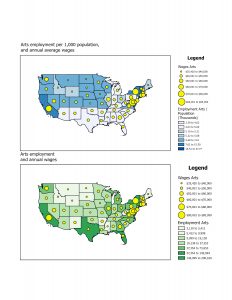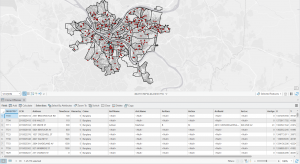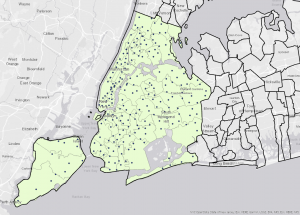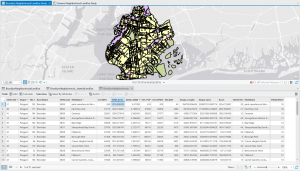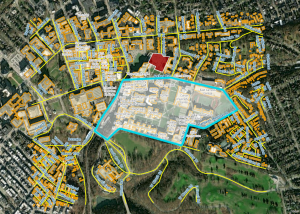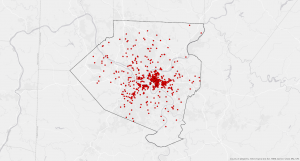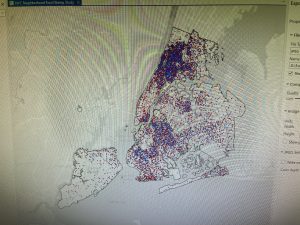Chapter 4:
In this first tutorial, I had a bit of trouble finding the catalog pane. I found it eventually, but it took a lot of searching and head scratching. Other than that, this was a really good chapter for data additions and management. Tutorial 2 was also about data, but more so modifying and adjusting it for easier visualization. I especially appreciated learning how to work with the attribute table. Tutorial three taught me how to adjust selecting by attribute and how to save and modify selections to be more specific. Tutorial four was really easy. It showed me how to create a spatial join between features, which is useful for processing data with a relationship. Tutorial five taught me how to make a point layer, which is another way to see the relationship between an area and an occurrence. Finally, tutorial six taught me how to create a new attribute table and join data from other attributes tables to the new one.
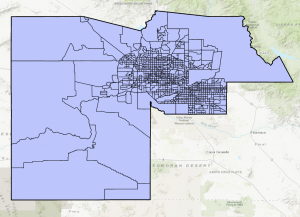

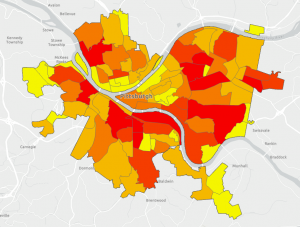
Chapter 5:
The first tutorial taught me how to manipulate the world map and search by geographic coordinates. The second tutorial was similar, but on a country scale, not a world-wide scale. Tutorial three was similar to the others, but on an even smaller level. It also gave me some m0re practice adding and adjusting the symbology of data. Tutorial four taught me more about shape files and how to use them. Tutorial five was a lot. I learned where to find things like census data and how to put them into Arc. Tutorial six taught me more about finding and inputting data from national sources, or from other public agencies. This is really useful for future endeavors.
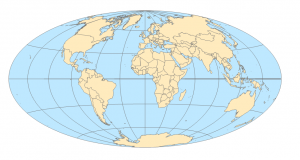
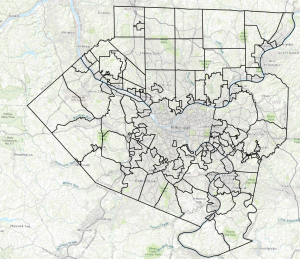
Chapter 6:
The first tutorial taught me how to use the pairwise dissolve tool, which allows data to be shown in a more concise way. Tutorial two was a refresher on specific selections, and how to extract and clip these selections. Tutorial three was short and sweet, and showed me how to merge features into one attribute table. Tutorial four was also short, and taught me what the append tool did. This allows me to add new data directly to an attribute table. Tutorial five was a new way to work with the attribute table, through using the intersect and summary tools. It helps organize the data better. Tutorial six also taught me more about the attribute table, specifically how to use the union tool and the calculate geometry tool. It also let me practice more with joining tables. Tutorial seven taught me how to use the tabulate intersection tool, which makes sure that across lines, the actual population remains.
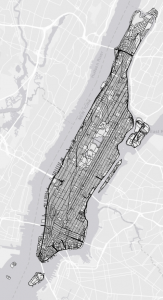
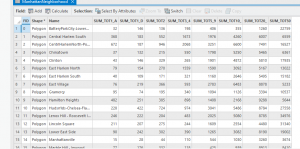
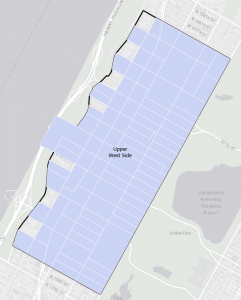
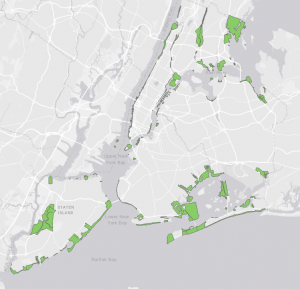
Chapter 7:
The first tutorial taught me how to manipulate polygons on the map, which is incredibly useful for lining things up properly, making it easier to view and analyze structures. I also learned how to split a polygon into multiple parts. Tutorial two built on one, but teaching me how to create and delete polygons on the map. I also learned how to use the trace tool to create a study area. Tutorial three taught me how to use the cartography tools to do things like smooth polygons. The final tutorial taught me how to transform features, and how to add and export them as a CAD drawing.
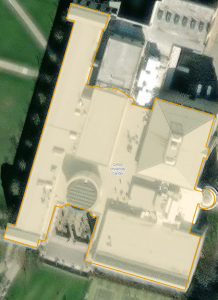
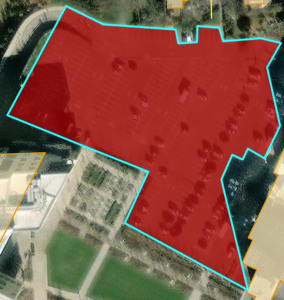

Chapter 8:
The first tutorial of this chapter was a bit weird. It taught me how to locate zip codes and use that data. I can see why it would be helpful, but it’s still a but strange to me. The second tutorial was equally as strange to me, as it taught me how to geocode based on street addresses, rather than ZIP codes.
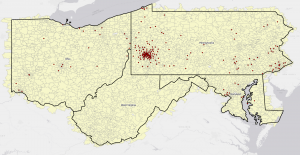
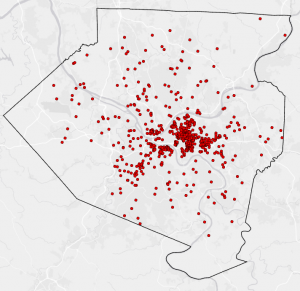
Project:
